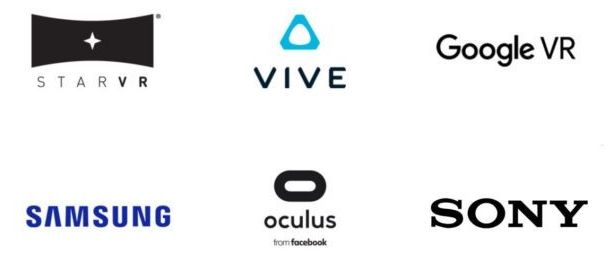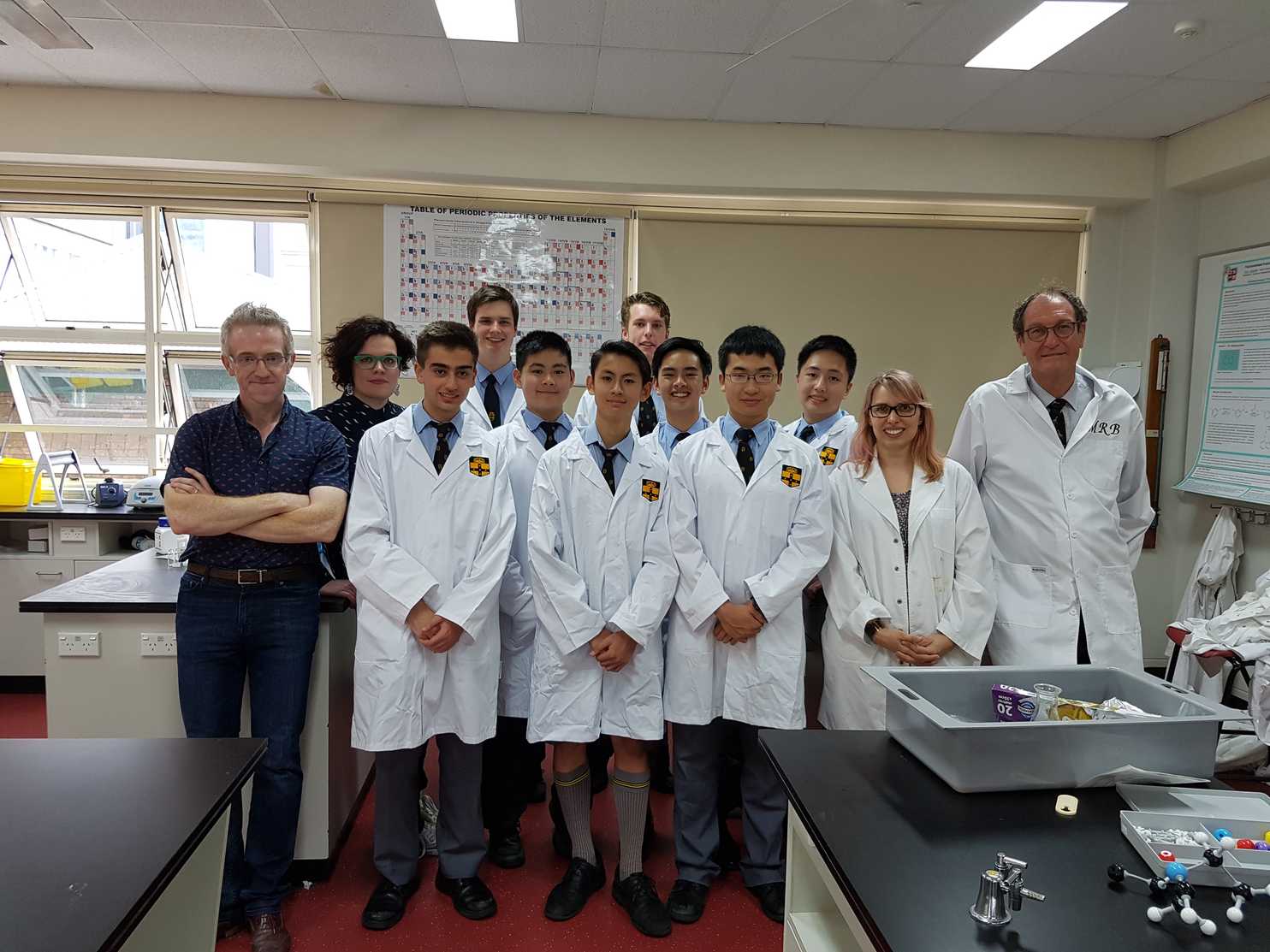Trying to simplify and understand imagination isn’t that easy. Should be a great read for my tech friends trying to replicate this process.
Imagination… we can all imagine things – even things we have never seen before. Even things that don’t exist. How do our brains achieve that?
Imagine a duck teaching a French class. A Ping-Pong match in orbit around a black hole. A dolphin balancing a pineapple.
You probably haven’t actually seen any of these things but you could imagine them instantly.






